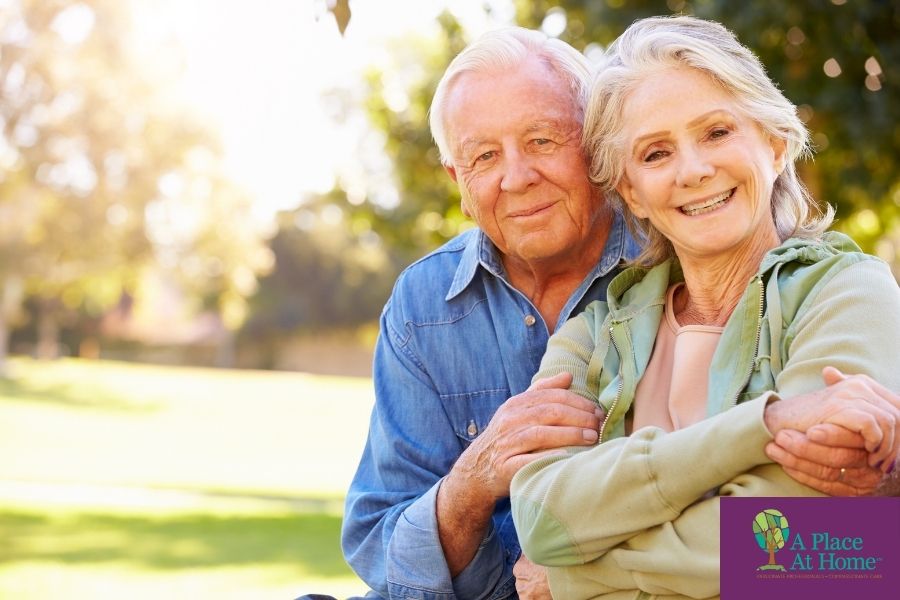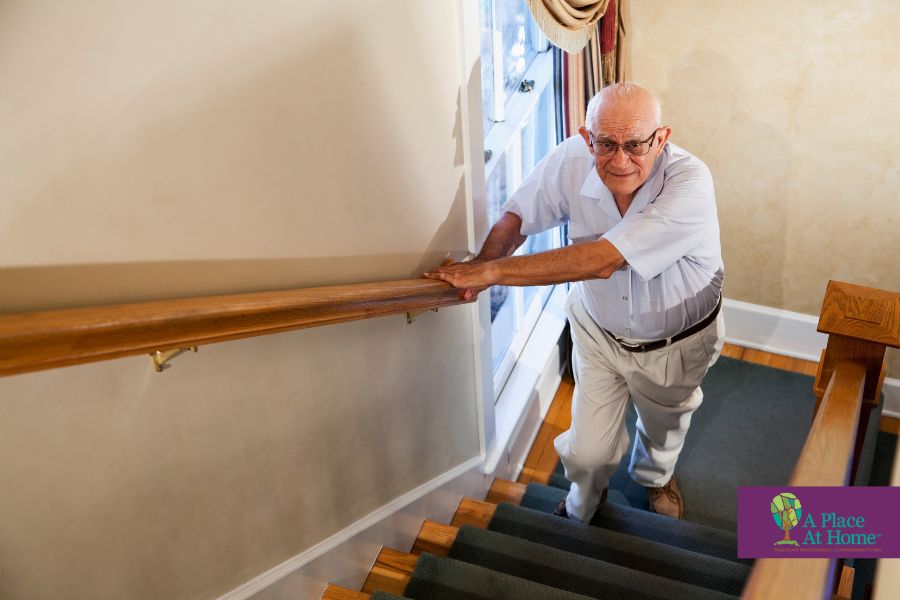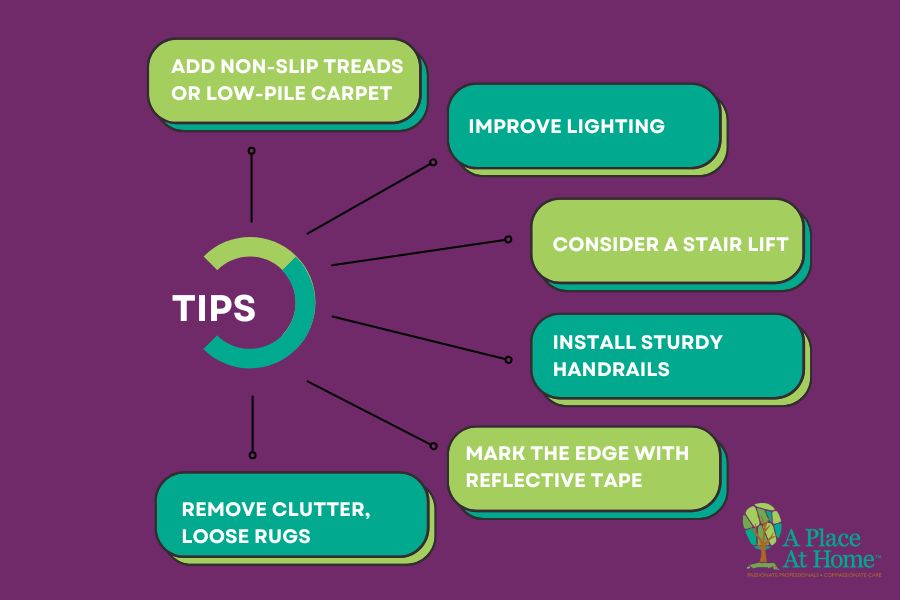Proper medication management is essential for protecting the health of your senior loved one. Whether you’re a family member helping with prescriptions or a senior managing medications yourself, these tips can help you stay organized, prevent errors, and ensure that medications provide the full benefits they are intended to deliver.
Know the Common Challenges for Medication Management
Medication management can be challenging, especially for older adults. Research shows that self-administering medications often leads to problems, particularly for those taking multiple prescriptions, supplements, or over-the-counter drugs. Common mistakes include:
- Taking the wrong dose
- Missing a dose
- Confusion about which medication to take
- Using the wrong method of administration
- Taking medication at the wrong time
- Taking medication too often or not often enough
Establishing a consistent routine can help simplify medication management, reduce errors, and make treatment more effective.
Is This a Sign Your Loved One Needs Medication Help?
Some warning signs include:
- Missed or duplicate doses
- Medications piling up or going unused
- Confusion about pill names
- Visible changes in behavior or health
- Difficulty reading labels or instructions
If you see these signs, it may be time to add support or professional home care.
Have a Master Medication List
Keeping an up-to-date, comprehensive medication list is one of the most effective ways to stay in control of medication management at home. Your list should include everything you take, prescriptions, over-the-counter medicines, vitamins, and supplements, making it easier to follow your routine consistently.
Always have your master list readily available and bring it to every medical appointment.
For added convenience, consider keeping a digital backup on your phone. For each medication, be sure to include:
- Medicine name (both generic and brand)
- Dosage and frequency
- Timing and administration instructions
- Purpose of the medication
- Prescribing doctor
- Possible side effects
A detailed, organized list helps prevent errors, ensures better communication with healthcare providers, and makes managing medications much simpler.
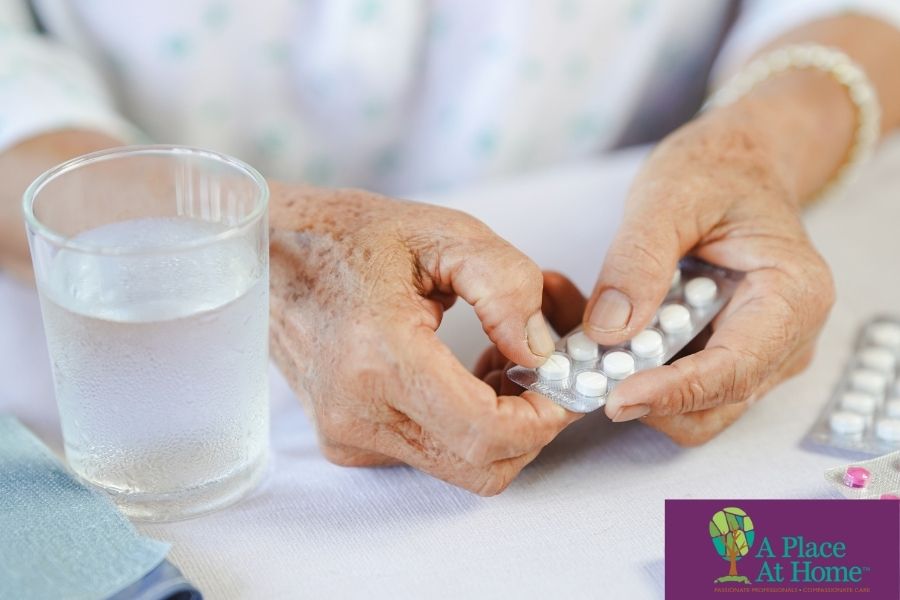
Use Pill Organizers
Using a pill organizer is an effective way to stay on schedule with medications and prevent missed doses. There are many options available, and here are some key factors to consider before choosing one:
- Choose an organizer with separate compartments for each day and time of day.
- Select a size and style that fits your lifestyle, think about whether you’ll need to carry it with you.
- Once you have the right organizer, be sure to fill it at the start of the week to keep your routine consistent.
Take Medications According to Habits
You can structure your day so that taking medications becomes a natural habit. By pairing medications with existing routines and using reminders, it becomes easier to take the right doses consistently.
Tips for connecting medications to daily habits:
- Keep medicines that need to be taken on an empty stomach by your nightstand or breakfast area so you can take them first thing in the morning.
- Take medications that require twice-daily doses when brushing your teeth in the morning and before bed.
- Pair daily vitamins with meals, such as lunch, to make them easier to remember.
Building on habits you already have, like drinking your morning coffee or brushing your teeth, helps ensure that taking medication becomes a seamless part of your daily routine.
Set a Reminder
Even with a solid routine and a pill organizer, reminders can help ensure you never miss a dose. Here are several strategies to help you take medications on time:
- After taking a dose, turn the bottle upside down and flip it back before bed so it’s ready for the next day.
- Use a smart speaker to provide daily reminders.
- Set alarms or recurring calendar notifications on your phone.
- Sign up for a subscription service that sends text or call reminders.
- Use a medication management app to track doses.
- Keep a whiteboard or sticky note with your medication schedule in a visible spot.
- Consider pill bottles with built-in alarm tops for added alerts.
Combining multiple reminder methods can make staying on track easier and more reliable.
Partner Up with Others
You don’t have to manage medications alone. Building a support network can make your routine safer, easier, and more reliable. Here are some sources of support:
- Primary care team: Schedule regular medication reviews with your doctor to ensure dosages are correct, reduce unnecessary medications, and adjust treatment as your needs change.
- Pharmacy team: Pharmacists can check for medication interactions, explain potential side effects, and help simplify your regimen. Many pharmacies also offer automatic refills and delivery services to make management easier.
- Family members and friends: If medication management feels overwhelming, ask a trusted friend or family member for help. They can assist in creating a master medication list, filling a pill organizer weekly, or providing gentle reminders.
- Professional senior care services: Senior living or home care services often provide support with organizing, timing, and administering medications. They can also assist with meal preparation, transportation, and other daily tasks, giving you greater peace of mind.
Handle Medications Safely
Always handle medications safely. Developing safe habits protects your health and ensures your medications remain effective. Consider the following tips:
- Use safe storage: Keep all medications in their original containers to preserve dosage instructions, expiration dates, and other important information. Store them away from heat and light, and out of reach of children.
- Dispose of medications properly: Check expiration dates regularly and safely dispose of any expired or unused medications.
- Carry medications safely when traveling: Keep medications in clearly labeled bottles to make them easily identifiable, including for airport security checks.
- Keep learning: Safe medication management is an ongoing process. Stay informed, explore helpful resources, and share best practices to maintain effective routines for yourself or your senior loved one.
Professional Home Care from A Place At Home
Managing medications at home can feel overwhelming, even with routines, organizers, and reminders in place. Caregivers from A Place At Home – Weston can assist seniors with medication management as part of our senior home care services. We can help organize medications, provide reminders, ensure doses are taken correctly, and offer peace of mind for both seniors and families.
Beyond medication assistance, our caregivers can help with daily tasks such as meal preparation, transportation, and light housekeeping while helping seniors maintain independence at home.
Why Families Trust A Place At Home – Weston
Our caregivers are trained in medication safety, senior routines, and individualized care plans. We follow all Florida state guidelines on medication reminders and provide compassionate, reliable support for aging adults who need help staying safely on track.
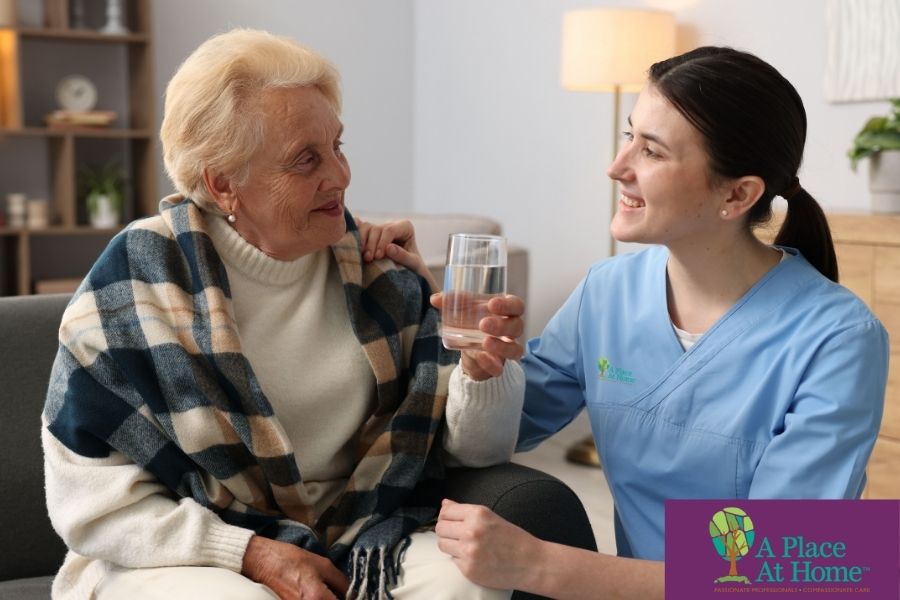
Areas We Serve
We proudly support seniors in:
Weston, Pembroke Pines, Davie, Hollywood, Sunrise, Southwest Ranches, Plantation, and nearby South Florida communities. Call (954) 335-9284
We offer a free consultation. If you don’t know what happens during the consultation, read our guide on how you can schedule a free in home consultation.
FAQs
What’s the safest way to store medications at home?
Keep medications in their original bottles, in a cool and dry spot, never in the bathroom where humidity builds. If kids or visitors are in the home, choose a cabinet that’s out of reach or has a simple lock.
Should seniors keep old prescriptions “just in case”?
No. Expired or unused medications can be confusing and unsafe, especially for seniors with memory issues. It’s best to dispose of them properly through a pharmacy drop-off box or community take-back program.
How often should a medication list be updated?
Any time something changes even if it’s just a vitamin. Bring the list to every doctor’s visit so each provider knows exactly what your loved one takes.
What if my senior takes medications at different times of the day?
Pill organizers with morning, afternoon, evening, and bedtime sections make this much easier. Many caregivers also set alarms or use color-coded labels to keep everything clear.
What should I do if my loved one refuses their medication?
Stay calm, avoid arguing, and try again a little later. Sometimes taking medication with food helps, as long as the prescription allows it. If refusal becomes a pattern, speak with their doctor, there may be alternative options or underlying reasons.
How can I help a senior who struggles to read medication labels?
Use large-print stickers, simplify instructions on a small notepad, or ask the pharmacy for easy-open, large-type labels. Many pharmacies offer this at no extra cost.
What’s the difference between medication reminders and medication administration?
Medication reminders mean a caregiver prompts the senior and organizes their medications but does not administer them. Administration is done by licensed medical professionals only. This varies by state, so always check local guidelines. A Place at Home-Weston only provides medication management to seniors and older adults as a part of our in-home care services.


